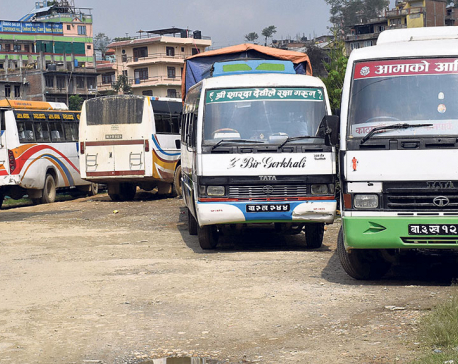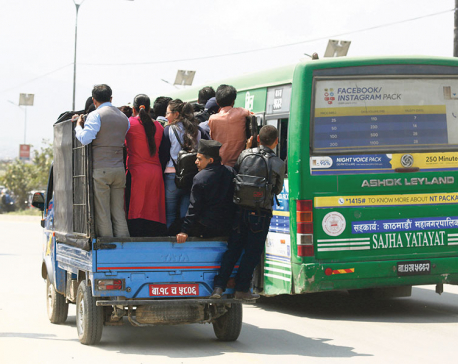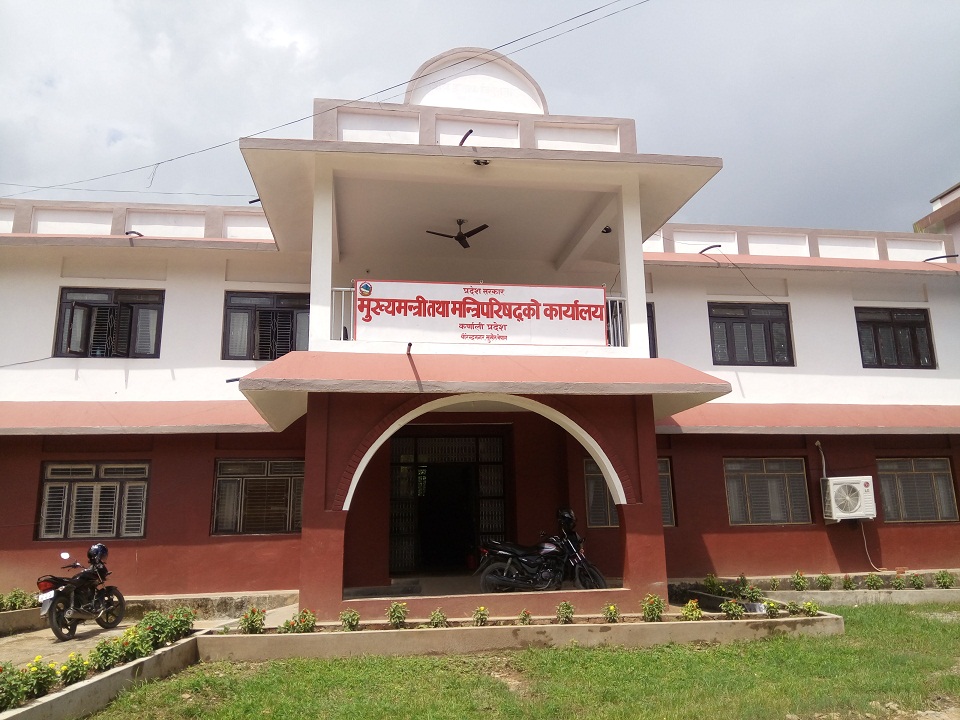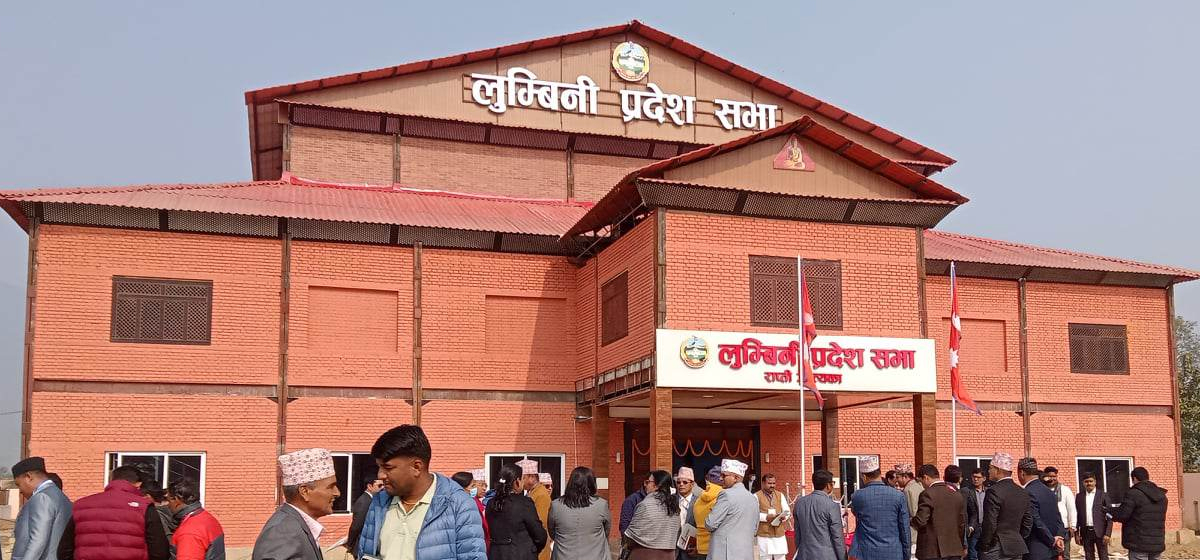
OR
Lumbini to get clean-energy public transport
Published On: June 21, 2016 09:57 AM NPT By: Sagar Ghimire | @sagarghi
125 EVs including buses, rickshaws and taxis to be introduced by 2017
BHAIRAHAWA, June 20: The government says it is planning to introduce electricity-based public transport services for tourists and local residents in the Lumbini area.
Along with its target of completing construction of the Gautam Buddha International Airport (GBIA) by December 2017, the government has also taken up a plan to simultaneously bring in nearly 125 environment-friendly vehicles of various types to the area.
Saroj Bhattarai, Senior Engineer at the Lumbini Development Trust (LDT), told Republica that the plan to introduce electric vehicles is currently in the project-design phase.
“We will phase in the clean modes of transport by the time the airport upgrade project is complete. This will not only provide easy, systematic and convenient transport service from Gautam Buddha International Airport to Lumbini as well as other Buddha-related sites like Kapilvastu and Ramgram, but also help reduce noise and other pollution emitted by the poorly maintained diesel buses now running in the Lumbini area,” he says.
According to Bhattarai, currently, the plan is to run 100 rickshaws, 20 taxis and four 40-passenger buses in the Lumbini region. While the big buses and taxis will be providing transport services from the airport to the Lumbini areas as well as other sites, the e-rickshaws will be mainly for in-and-around transport in the Sacred Garden and New Lumbini Village area.
Currently, there are a few rickshaws for the visitors to go around the Lumbini area while people have complained that the journey from the airport to Lumbini on diesel buses and taxis operated by the private sector are unreliable and troublesome.
LDT is gearing toward implementing a better transport system based on convenient and environment-friendly transport services with the expectation that the inflow of tourists will rise once the international airport comes into operation.
According to a data from the Ministry of Culture, Tourism and Civil Aviation, 132,926 tourists (excluding Indians) visited Lumbini in 2014, up by 5.6 percent compared to 2013.
The electric-based clean transport service is estimated to cost $ 3.06 million. The Asian Development Bank (ADB) has agreed to finance the project from the Asian Clean Energy Fund (ACEF) as part of the South Asia Tourism Infrastructure Development Project (SATIDP). The component of introducing electric vehicles in the Lumbini area was added in May 2014 while the SATIDP financing plan was revised.
A 400-kilowatt solar power plant will also be installed in the Lumbini area to provide charging services for these vehicles.
Bhattarai says LDT, the implementing agency of the project, is also requesting Nepal Electricity Authority to connect the power generated from the solar plant to its grid so that it can supply electricity to others in the Lumbini zone to reduce the load-shedding hours.
Locals also rejoice the plan to get the electric vehicles in their areas. “We have heard that electric vehicles are coming here soon. This will help retain the aesthetic value of Lumbini which is getting noisier and more polluted by the day due to the diesel-powered vehicles,” Tula Mandal, a local who has been running a souvenir shop in Lumbini, says.
“I hope it will be easy to travel once these vehicles started plying. So far, private-run public buses have a sort of a monopoly. These do not get in on time, are inconvenient and the fares are fixed on the basis of bargaining. This has been causing tourists to get a negative impression of Lumbini and is also a bad experience for them,” he adds.
Bhattarai told Republica that the ultimate plan is to replace all diesel-vehicles with electric one in the Lumbini area in the long run.
You May Like This

Valley may get new public transport company next week
KATHMANDU, Jan 13: As per the government's instruction, municipalities of the Kathmandu valley have made preparations to register a new public... Read More...

Rs 1 trillion public transport industry doesn't pay income tax
KATHMANDU, May 5: Public transport operators have invested over a trillion rupees [Rs 1,000 billion] in the industry but they have... Read More...

Govt stands bold against public transport cartel
Arrests 82 office bearers of public transport associations, begins scrapping route permits of defiant public vehicles; route permits of 26... Read More...



Just In
- Bhajang and Ilam by-elections: 69 polling stations classified as ‘highly sensitive’
- Karnali CM Kandel secures vote of confidence
- National Youth Scientists Conference to be organized in Surkhet
- Rautahat traders call for extended night market hours amid summer heat
- Resignation of JSP minister rejected in Lumbini province
- Russia warns NATO nuclear facilities in Poland could become military target
- 16th Five Year Plan: Govt unveils 40 goals for prosperity (with full list)
- SC hearing on fake Bhutanese refugees case involving ex-deputy PM Rayamajhi today















Leave A Comment